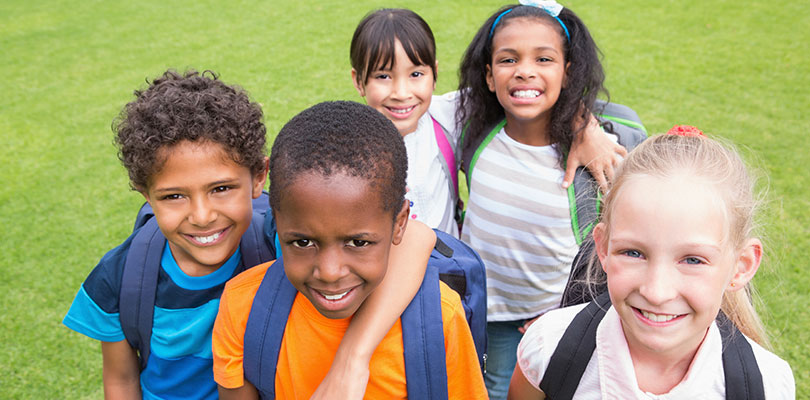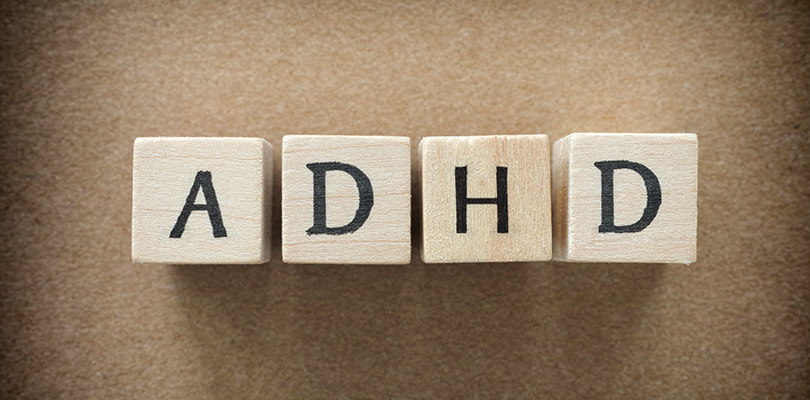Photo Credit: Wavebreakmedia / iStockPhoto.com
Understanding the Symptoms and Diagnosis
Attention deficit hyperactivity disorder (ADHD) is a developmental disorder that first appears in childhood, typically before age seven. It affects between 1.5 and 3 percent of the population. Children with the disorder display impaired attention, hyperactivity and impulsive behaviors.
Most young children have problems paying attention, have high activity levels and are impulsive. ADHD children, however, are affected more severely and don’t develop normally out of these behaviors as they get older. ADHD affects both learning and social interactions.
To be diagnosed with ADHD individuals need to:
- Have at least six symptoms of attention deficit, hyperactivity or impulsiveness
- Experience symptoms in more than one place, such as at home and at school
- Experience symptoms for at least six months
- Experience some symptoms before 12 years of age
- Have symptoms that impair daily life
The symptoms frequently persist into adulthood but typically reduce with age. Inattentive symptoms, in particular, are more likely to persist into adulthood. Only a small percentage will grow out of it completely.
Diagnosis
The Diagnostic and Statistical Manual of Mental Disorders (DSM-5) is a manual published by the American Psychiatric Association that lists and defines psychiatric disorders. This is a highly respected publication that many medical professionals use to diagnose ADHD. There are a few different types of ADHD and it's important to understand them so that appropriate treatment may be introduced. According to the current edition, a child is diagnosed as having:
Impaired attention when they exhibit six or more of the following behaviors inappropriately for their age:
- Does not pay close attention to details or making careless mistakes
- Has trouble holding attention during tasks or activities
- Does not seem to listen when directly spoken to
- Does not follow through on instructions, fails to finish tasks, chores and duties
- Has trouble organising tasks or activities
- Avoids, dislikes, or is reluctant to do tasks that require sustained mental effort
- Loses items necessary for tasks or activities
- Is easily distracted
- Is forgetful in daily activities
Fidget toys for ADHD can help in concentration by stimulating your other senses. We go over how fidget toys work and what kinds are available to try.
Hyperactivity and impulsivity when they experience six or more of the following behaviors inappropriately for their age:
- Fidgets or constantly taps the hands and feet, squirms constantly
- Gets up when staying seated is expected
- Runs about or climbs in situations when it is not appropriate
- Is unable to play or do activities quietly
- Is constantly on the go
- Talks excessively
- Blurts out an answer before a question has been completed
- Has trouble waiting his/her turn
- Interrupts or intrudes on others
There are three subtypes of ADHD based on the pattern of symptoms displayed. These are:
1. Predominantly Inattentive Personality
Individuals in this category have high levels of inattentiveness, but tend not to be hyperactive or impulsive. They meet six or more criteria for inattentive behavior but not enough to be classified as hyperactive-impulsive.
While they may be able to sit quietly, they get easily distracted and forget what they should be doing. This makes it hard for them to start and finish tasks, pay attention to details, follow instructions, and be involved in conversations. This type of ADHD is more common in girls.
Children in this category may miss being diagnosed; hyperactivity and impulsiveness are more obvious behavior traits associated with ADHD, but when poor attention is the primary symptom teachers and parents may fail to recognize the disorder.
2. Predominantly Hyperactive-Impulsive Personality
Individuals in this category have high levels of hyperactivity and impulsiveness, but tend not to be inattentive. They meet six or more criteria for hyperactivity-impulsivity but not enough to be classified as inattentive.
Individuals in this category are always on the go. They are usually able to pay attention but they find it hard to sit still, more so than a typical child. They may be constantly moving and they tend to fidget and talk a lot.
They are also impulsive and act without regard for the consequences. This may cause them to interrupt people, speak out of turn, grab things from others, and have difficulty waiting their turn. Children with hyperactivity and impulsiveness tend to be disruptive in the classroom, which usually results in them seeking treatment earlier. This is the least common type of ADHD.
3. Combined Personality
Individuals in the combined category are equally affected by inattentiveness, hyperactivity and impulsiveness. They meet at least six of the criteria for inattentiveness and at least six for hyperactivity-impulsiveness. This is the most common type of ADHD.
Severity
The symptoms of ADHD frequently vary over time and individuals not infrequently swap between categories. This occurs commonly enough that the World Health Organization’s classification of ADHD does not distinguish categories. The DSM-5 also places less importance on the categories compared to the previous edition.
ADHD can also be categorized as mild, moderate or severe. Mild ADHD results in only mild impairment in day-to-day-life. Individuals will usually only just meet the criteria for inattentiveness and/or hyperactivity-impulsiveness.
Severe ADHD markedly affects daily functioning. There may be many symptoms of ADHD or several of the symptoms may be very severe. Moderate ADHD results in symptoms and impairment that is in between.







